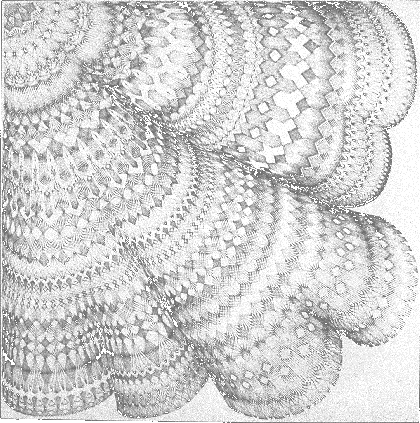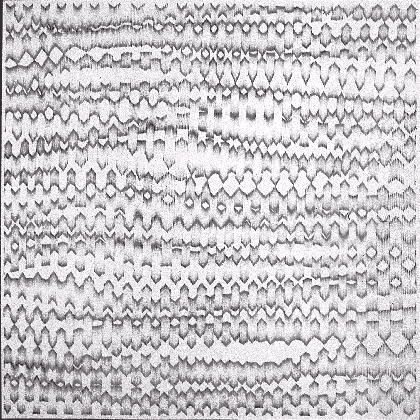O r g a n i z e d
Perhaps I should pause to explain how my work is organized. At the core is my diary. I used to call it The Dialetics of Drawing, but that was too pretentious and implied a political content that is simply not there. This series started in 1970 and is still underway. I think of it as a single entity. Ideally, all the drawings should be seen together in sequence, but in fact, each is strong enough to stand on its own.
To be part of my diary a drawing must be in the right format (37 x 37 cm). It must be the first expression of some important new idea. It must change my understanding of the diary’s trajectory. And if it turned out to be the last drawing I ever did, it must make a plausible ending for the sequence. That means each drawing must simultaneously be a beginning, a fulcrum and an ending. Those are difficult requirements. In 30 years, only about 40 drawings have passed the test.
But it often happens that I want to explore in more depth an idea that first appeared in my diary. Such drawings might be one-offs, or they might become long series, like the Calendars or Panta Rei (Heraclitus’ famous Greek slogan: "Everything flows.") In any event, they are branches coming out from the diary.
It also happens that I get ideas for drawings whose size or shape excludes them from the diary even though they are otherwise original, mind-changing and final enough to be included (e.g., Gravity’s Radiance, Nova, Evolution). These cannot be considered mere branches; they are independent entities. But there aren’t many of them.

A History of Ideas, 30 March - 7 April 1999 (37 x 37 cm)
D e c i s i o n - m a k i n g
Once I started using a more dynamic vocabulary (froths, melts, eruptions, etc.), I started paying more attention to the mental side of the drawing process. The physical act of making the marks was already so routine that I hardly noticed it - it was like an eyeblink. So my attention shifted inward. When every drawing contains just one kind of mark, the important variable is how the marks are organized. Deciding where to put the marks is thus drawing’s subject. By systematically limiting my options, I could create specific ranges and types of freedom. I use drawing as an introspective probe, to expose personal judgment and make it ponderable. It is invaluable for analyzing situations in which I found myself, or which I could imagine.
I developed an elaborate theory of decision-making based on rules or constraints. A positive constraint is an obligation: "You must do X." A negative constraint is a ban: "Never do X." Constraints can be strong ("Always do X") or weak ("Do X more often than not"). They can be specific ("Bisect the distance between each mark") or fuzzy/general ("Make a great drawing"). Constraints usually have relevence tests: "When you come to a corner, do X." One must also have priorities for checking or sacrificing constraints when they come into conflict. Now that we have a 4-year-old child, I see that much of what we call learning is actually the discovery of constraints, relevance tests and priorities as generalizations from experience.
From 1974 onward, drawing was about decision-making more than picture-making. That let me define procedures for making a drawing without having any idea what it would look like. To see what it looked like was sometimes a reason to do it. But more often my interest was in experiencing particular "judgment situations" regardless of the record left on paper.
I was learning how to think "amorphously," without the filter of shape ideas, so my work between 1974 and 1977 was more analytical than expressive. Avoiding classical geometry, I found a new vocabulary: textures that were ordered and disordered at the same time, like piles of leaves, stormy seas, patterned furs, fire.

A History of Ideas, 15-17 January 1997 (37 x 37 cm)
| Page 3 | Page 5 |